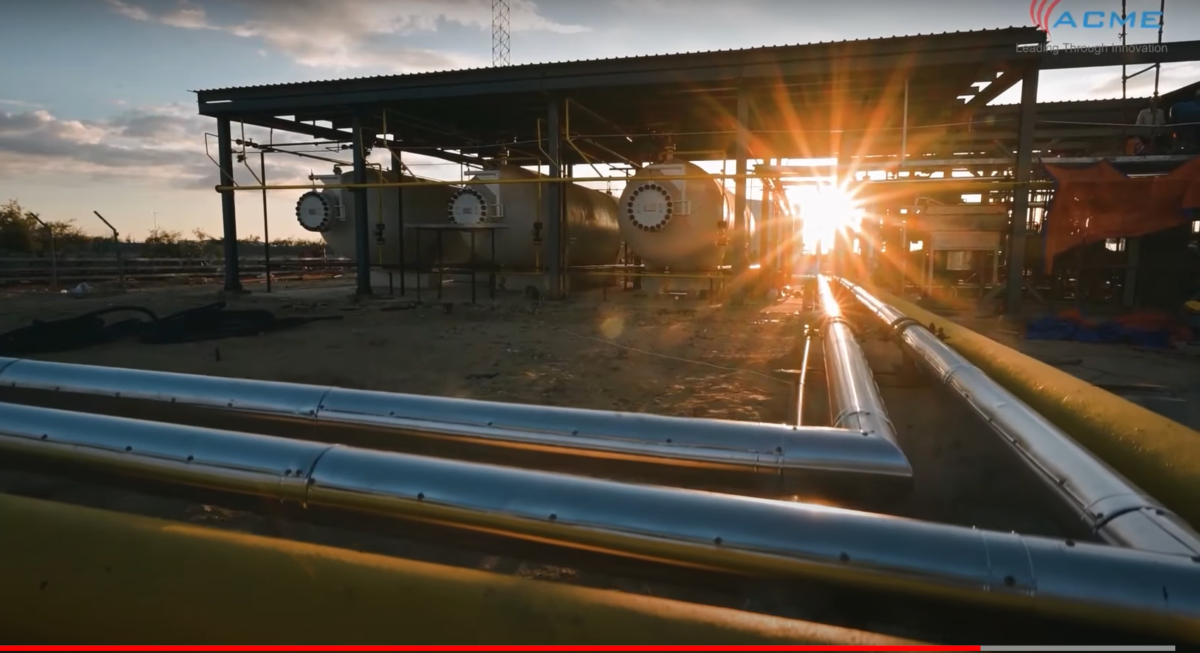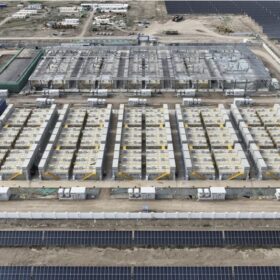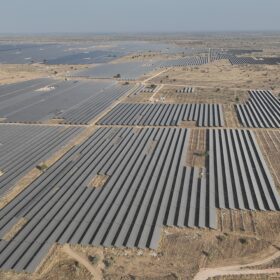A new study by the Council on Energy, Environment and Water (CEEW) finds that existing state-level policies could unlock an additional INR 5 lakh crore ($61 billion) in incentives for green hydrogen in India.
The study, supported by the Ministry of New and Renewable Energy (MNRE), also found that this potential support, embedded across policies in 12 states, complements the central outlay of the ambitious National Green Hydrogen Mission (NGHM). It can be a game-changer for scaling domestic production and export for green hydrogen.
CEEW’s study, Augmenting the National Green Hydrogen Mission: Assessing the Potential Financial Support through Policies in India, evaluates how state-level provisions complement the NGHM’s market development outlay and the Ministry of Power’s Green Hydrogen Policy. Green hydrogen is key to decarbonising hard-to-abate heavy industries. As a clean energy carrier, it can also power heavy road vehicles, ships and aircraft, and can be used as a long-duration energy storage solution.
CEEW’s study reveals that just seven states—Odisha, Maharashtra, Tamil Nadu, Uttar Pradesh, Rajasthan, Andhra Pradesh, and Gujarat—can provide 92% of the total estimated state-level support, underlining their central role in shaping India’s green hydrogen ecosystem. If fully leveraged, these incentives could help meet India’s 5 million tonnes annual production target by 2030, along with the additional state-level targets.

The study measures both power-related and non-power-related support, including capital subsidies, interest subvention, state GST reimbursement, and exemptions on electricity duty, transmission, and wheeling charges. Power-related incentives, worth INR 3.12 lakh crore ($38 billion), could provide nearly 63% of the total support, highlighting the crucial link between low-cost renewable electricity and green hydrogen viability.
“India has set one of the world’s highest green hydrogen targets, backed by central and state-level policies offering financial incentives,” said Hemant Mallya, Fellow, CEEW. “By quantifying monetary incentives—including budgetary provisions and exemptions—the report emphasizes India’s attractiveness as an investment destination for green hydrogen. Faster, standardised clearances through centre–state coordination will be key towards supporting the National Green Hydrogen Mission’s vision of positioning the country to lead in green hydrogen production and exports.”
With policies in place and support quantified, the next phase of India’s green hydrogen journey hinges on execution. Power-related incentives, especially interstate open access, will enhance India’s cost-competitiveness in green hydrogen. Industry must now act—by leveraging these incentives to build projects on the ground for both domestic use and exports.
This content is protected by copyright and may not be reused. If you want to cooperate with us and would like to reuse some of our content, please contact: editors@pv-magazine.com.









By submitting this form you agree to pv magazine using your data for the purposes of publishing your comment.
Your personal data will only be disclosed or otherwise transmitted to third parties for the purposes of spam filtering or if this is necessary for technical maintenance of the website. Any other transfer to third parties will not take place unless this is justified on the basis of applicable data protection regulations or if pv magazine is legally obliged to do so.
You may revoke this consent at any time with effect for the future, in which case your personal data will be deleted immediately. Otherwise, your data will be deleted if pv magazine has processed your request or the purpose of data storage is fulfilled.
Further information on data privacy can be found in our Data Protection Policy.